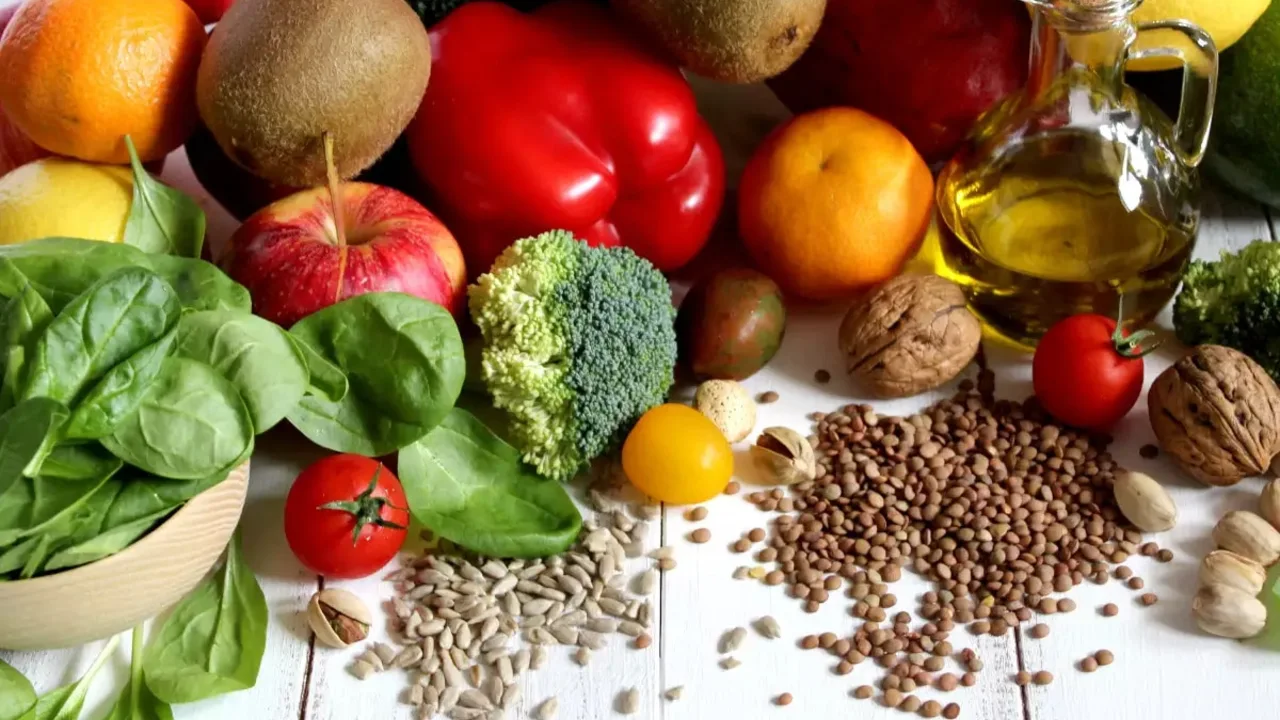Nutrition Basics: Simple Tips for Everyday Health
Want to feel better without counting every calorie or buying exotic foods? Good nutrition is more about habits than strict rules. Below are quick, practical steps you can add to your day and actually stick to.
Build a Balanced Plate
Picture your plate divided into three parts: half veggies and fruit, a quarter lean protein, and a quarter whole‑grain carbs. That visual helps you get the right mix without measuring. Choose bright veggies like carrots, broccoli, or leafy greens – they add fiber, vitamins, and keep you full. For protein, go for chicken, beans, eggs, or tofu; they support muscles and repair tissue. Whole grains such as brown rice, quinoa, or whole‑wheat bread give steady energy and keep blood sugar stable.
Smart Snacks and Hydration
Snacks don’t have to be junk. Grab a handful of nuts, a piece of fruit, or plain Greek yogurt with a drizzle of honey. These choices give protein and healthy fats, so you avoid the mid‑afternoon crash. Water is the original snack – aim for eight glasses a day, more if you’re active. If plain water feels boring, add a slice of lemon or cucumber for flavor without extra calories.
Reading food labels can save you from hidden sugars and unhealthy fats. Look for the “% Daily Value” – anything over 20% for sugar or saturated fat is a red flag. Keep an eye on serving sizes; the portion listed on the label is often smaller than what we actually eat.
Variety is key. Different colors mean different nutrients, so try to include at least three colors on your plate each meal. This not only makes food more interesting but also covers a broader range of vitamins and minerals your body needs.
Planning ahead cuts stress and stops last‑minute junk food grabs. Spend a Sunday afternoon cooking a batch of quinoa, roasting veggies, and grilling chicken breasts. Store them in containers so you can mix and match throughout the week. A ready‑made, balanced meal takes minutes, and you won’t have to wonder what to eat.
If you have specific goals – like boosting immunity or managing blood sugar – tweak the basics. Add extra vitamin C rich foods (oranges, bell peppers) for immunity, or choose low‑glycemic carbs like sweet potatoes if you need stable sugar levels.
Simple changes add up. Start with one habit, like swapping soda for water, and build from there. Need more ideas? Our site has guides on everything from cranberry juice for urinary health to using ground pine as a supplement. Dive in and find the nutrition tips that fit your life.
The Link Between Headaches and Vitamin Deficiencies
Hi, ladies and gents! Today, we're diving into the intriguing link between headaches and vitamin deficiencies. If you've ever wondered why your head is aching, it might be due to a lack of necessary nutrients in your body. So join me, as we unravel how boosting our vitamin intake could be just what we need to keep those pesky headaches at bay. Remember, looking after our health requires knowledge, so let's learn together!
Learn more...